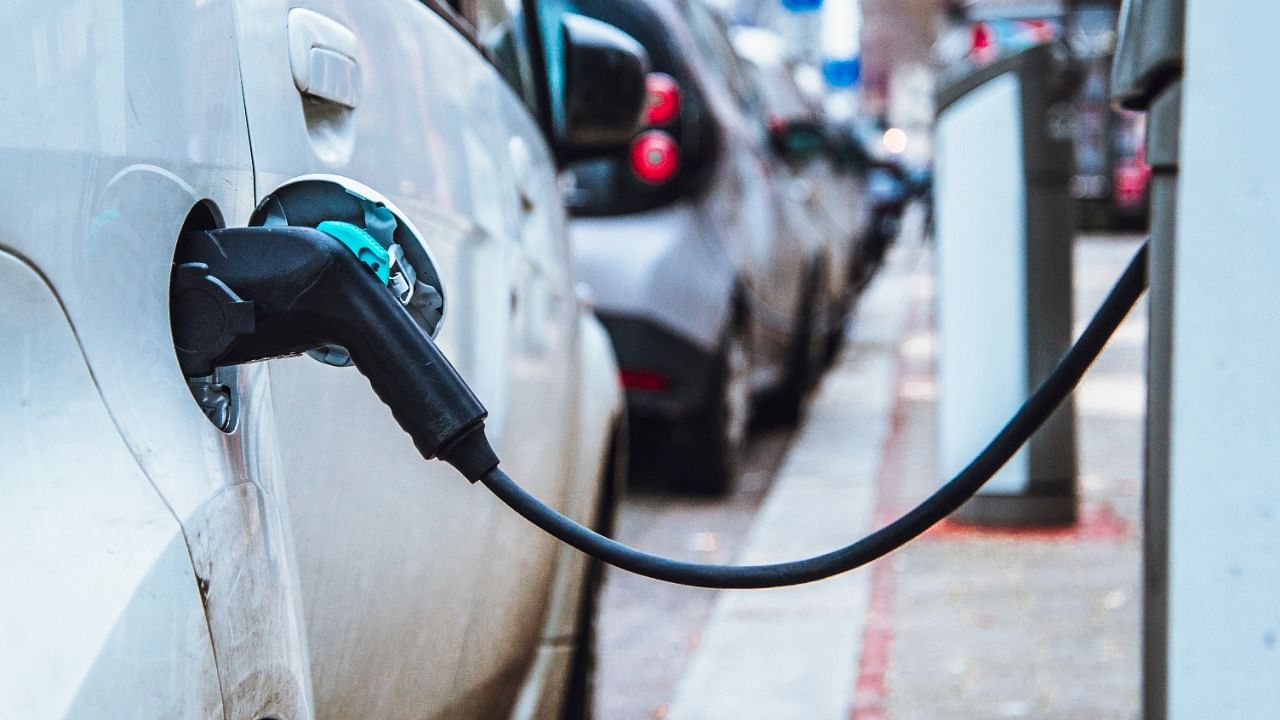
SUN Mobility, a provider of energy infrastructure and services for electric vehicles, tied up with the Delhi Metro Rail Corporation (DMRC) in October to flag off electric three-wheelers in the Dwarka neighbourhood of New Delhi. The move was aimed to enable emission-free last-mile connectivity in India’s national capital region, which topped the list of the world’s most polluted cities as per a ‘State of Global Air Initiative’ report in August.
In an exclusive conversation, SUN Mobility’s founder and chairman, Chetan Maini, and chief executive officer, Anant Badjatya, told DH’s Prathik Desai what was stopping Bengaluru from emulating similar collaborations and hastening e-mobility adoption here.
When can we see similar electric last-mile connectivity in Bengaluru?
Chetan: Metros are very keen to do it. Hopefully, it materialises in a way that we have e-autos running at all our metro stations.
Anant: Delhi happened because DMRC and DTC (Delhi Transport Corporation) came together. We will also approach the metro in Bengaluru. We have done something similar in Kerala where auto unions came together.
But haven’t you already approached authorities in Bengaluru?
Chetan: We have. But it has not translated into an actionable solution on the ground. There is an interest. Lot of pieces are coming together, some of them have to be initiatives coming from the Metro and the policy side. If that comes in, we are happy and there are a lot of other companies in Bengaluru who are ready to come in.
What is being done on the policy side to solve some of Bengaluru’s mobility problems?
Chetan: At a state government level, it (Karnataka) brought the policy (for electric vehicles) in 2017, but several of those pieces, unfortunately, haven’t been implemented. There was also a policy that the first 100 (battery-swapping) stations will get subsidies. But the mechanism hasn’t come out. It is important that the government rolls out the mechanism, and the other states are doing that much better.
We were the first to put the policy in place, but we didn’t put in the mechanism to enable people to gain the advantage of this. That (concessions) would help so much. Suddenly, what happens is that with those concessions, we start to see infrastructure come out much faster. When an end user sees ‘oh there’s infrastructure next to my house, I want to buy an electric (vehicle)’. So, the key is to set up this infrastructure. The government has a policy, it is just that it has not been implemented.
Second challenge in Karnataka is around electricity. The industry will invest in infrastructure. But to get electrical connections at a point, you need transformers, which is challenging - to put the investments there. In case of a second connection, getting these connections and sometimes the associated infra is very expensive in Karnataka compared to other states. So, I think if this policy rolls out saying ‘we will give you connections up to a certain level and there are no infrastructure costs’, there are a lot of people in Bengaluru and Karnataka who will start to put infrastructure in place.
How do we electrify the autos in Bengaluru?
Chetan: For Bengaluru’s 2,00,000 autos, (it will help) having a retrofit policy, which some states have launched, that says if you retrofit a regular vehicle to electric, ‘we will give you some support’. (With this), you reduce emissions in Bengaluru and potentially allow the auto drivers, over a period of time, to earn more and go green. I think some of these things could help, simple things. They have been often talked about, sometimes policies have also come in. There was at one point support for e-autos. It came out at a time which was earlier than others but the market wasn’t ready. Now the market is ready and the policy is not there. Bengaluru has always been ahead, but once it (policy) has come up, we haven’t caught up with it. The goal is that intentions have been right but the execution has not been up to the mark.
What are the challenges to electrifying the fleet segment?
Anant: On the mobility side, I see no challenges. But the regulations are a big issue. Lot of people are in limbo. The OEMs are not sure what the new regulations will be and how the FAME-2 subsidies will apply. It is unclear if it is going to be a combination of battery and vehicle that has to be approved for the subsidy. I think it will get clearer in the next few weeks and months.